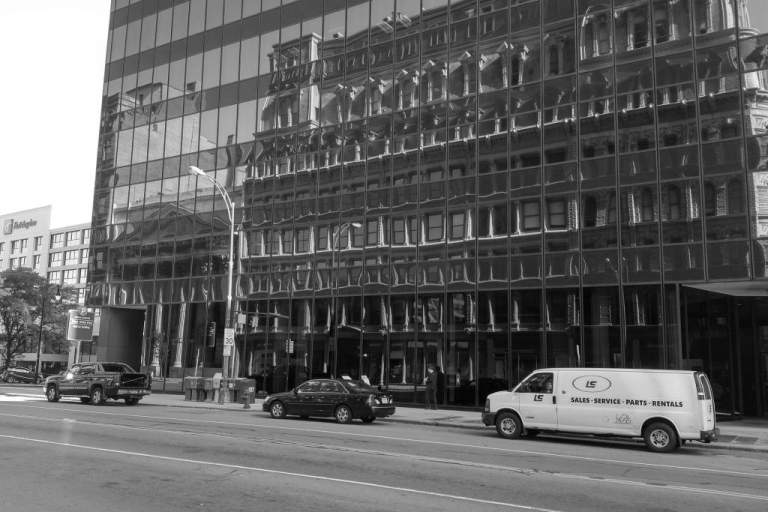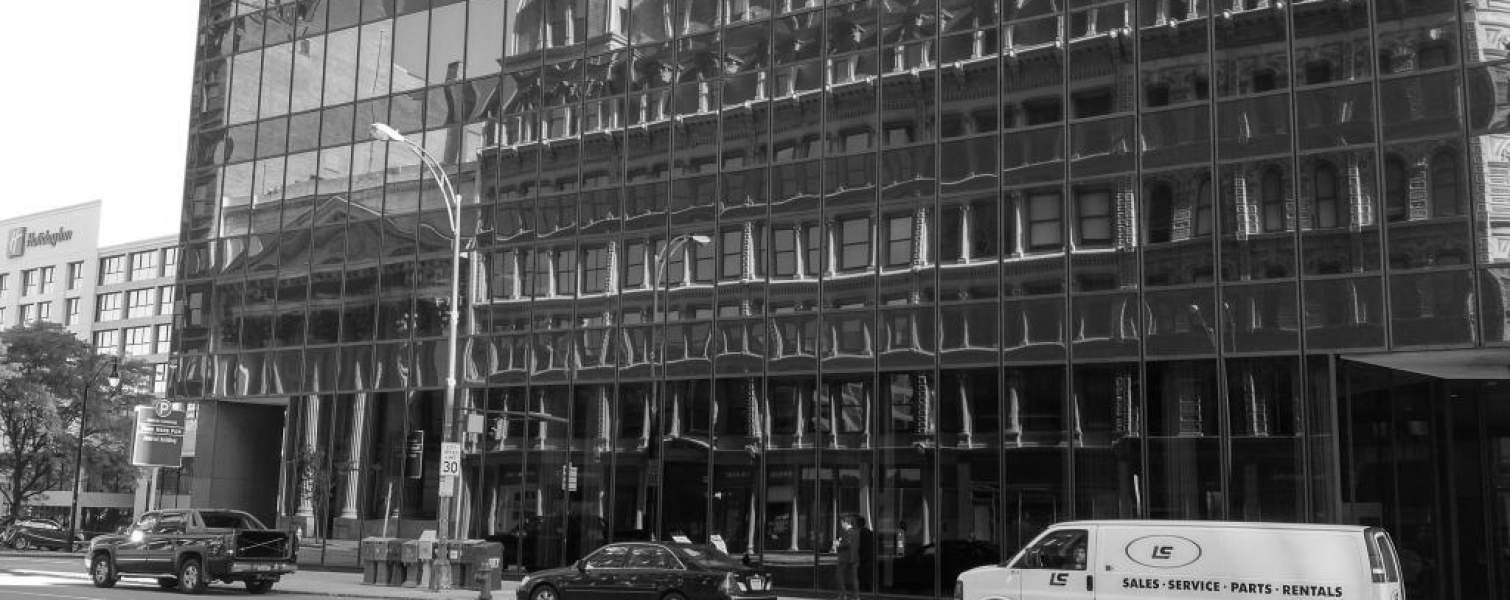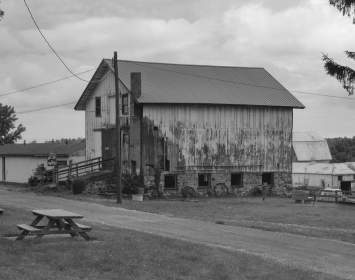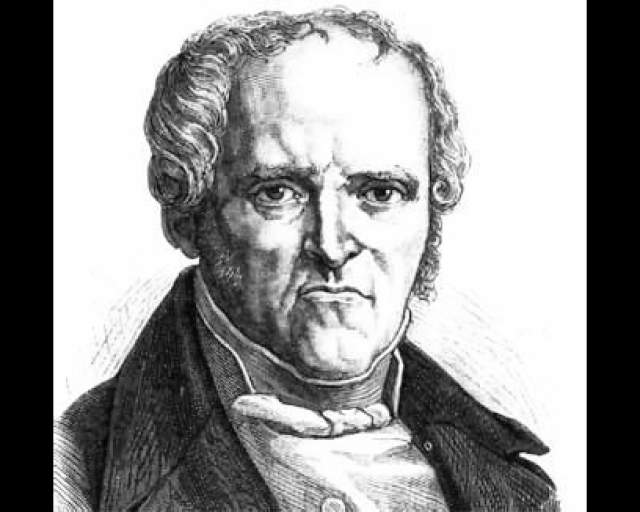The Athenaeum, a private library, reading room, and lecture space and a forerunner of Corinthian Hall, was the site of a November 21, 1843, meeting of the Fourier Society of the City of Rochester. This meeting was held weeks after rogue promoter John Anderson Collins launched his all-freethinking Fourierist Utopian commune at Skaneateles, overturning a policy adopted at a previous meeting to channel Fourierist energies from all across west-central New York into a single large intentional community, or Phalanx.
Fourierist teachings advocated for communities organized into “phalanxes” freed from private ownership in order to provide economic comfort, social justice, and individual fulfillment.
Ignoring the advice of New York City Fourierist activist Albert Brisbane to avoid “small and fragmental undertakings,” participants at the November 21 meeting, including abolition and Fourierist enthusiast Benjamin Fish, adopted a resolution rashly urging any group interested in launching a Fourierist community, however narrow its focus, to push ahead and do so. This led to a three-way split of the Ontario Phalanx, an entity established just three months earlier with the goal of creating a large regional commune. Each contending group established its own small and under-resourced Plalanx, one in Clayton, one in North Bloomfield, and one on the shore of Sodus Bay in Wayne County.
The Sodus Bay Phalanx was the only known Fourieriest community to include roughly equal numbers of religious believers and freethinkers among its members. Religious dissension helped to destroy the Sodus Bay community, which would have been unlikely to survive anyway because it was desperately under-capitalized and lacked sufficient skilled workers among its members.
By fall 1846, no Fourierist community, religious or otherwise, survived between Rochester and Syracuse.
The Building and Site. The Athanaeum was organized in 1829 by Nathaniel Rochester, founder of the city that bore his name. Members subscribed at the rate of $5 per year to attend a lecture series. Prominent speakers included Horace Greeley and Ralph Waldo Emerson. In 1847, the Athenaeum merged with the Mechanics’ Literary Association, forming the Rochester Athenaeum and Mechanics’ Literary Association; in 1849, this organization played a pivotal role in constructing Corinthian Hall, thereafter the city’s leading lecture and performance venue.
From 1849 to 1898, Corinthian Hall was the site of lectures by famed reformers, including Frederick Douglass, Susan B. Anthony, and Robert Green Ingersoll, among many others. In 1891, the Rochester Athenaeum and Mechanics’ Literary Association merged with the Mechanics’ Institute to form a trade school, a forerunner of the present Rochester Institute of Technology.
The Athenaeum site is now occupied by the Crossroads Building, a 1969 glass skyscraper that (along Main Street) is the immediate neighbor of the Reynolds Arcade.

Crossroads Building
The Crossroads Building was constructed in 1969 on the site formerly occupied by the Athenaeum. (There are no known images of the Athenaeum building.) This view looks northeast across State Street. Immediately to the left of the building (behind the blue sign and pickup truck) State Street is crossed by Corinthian Street, site of Corinthian Hall, since replaced by a parking structure.
Associated Causes
Those Involved
Associated Historical Events
Meeting of Fourier Society of Rochester
November 21, 1843
Rise and Fall of Sodus Bay Phalanx
1843–1846





